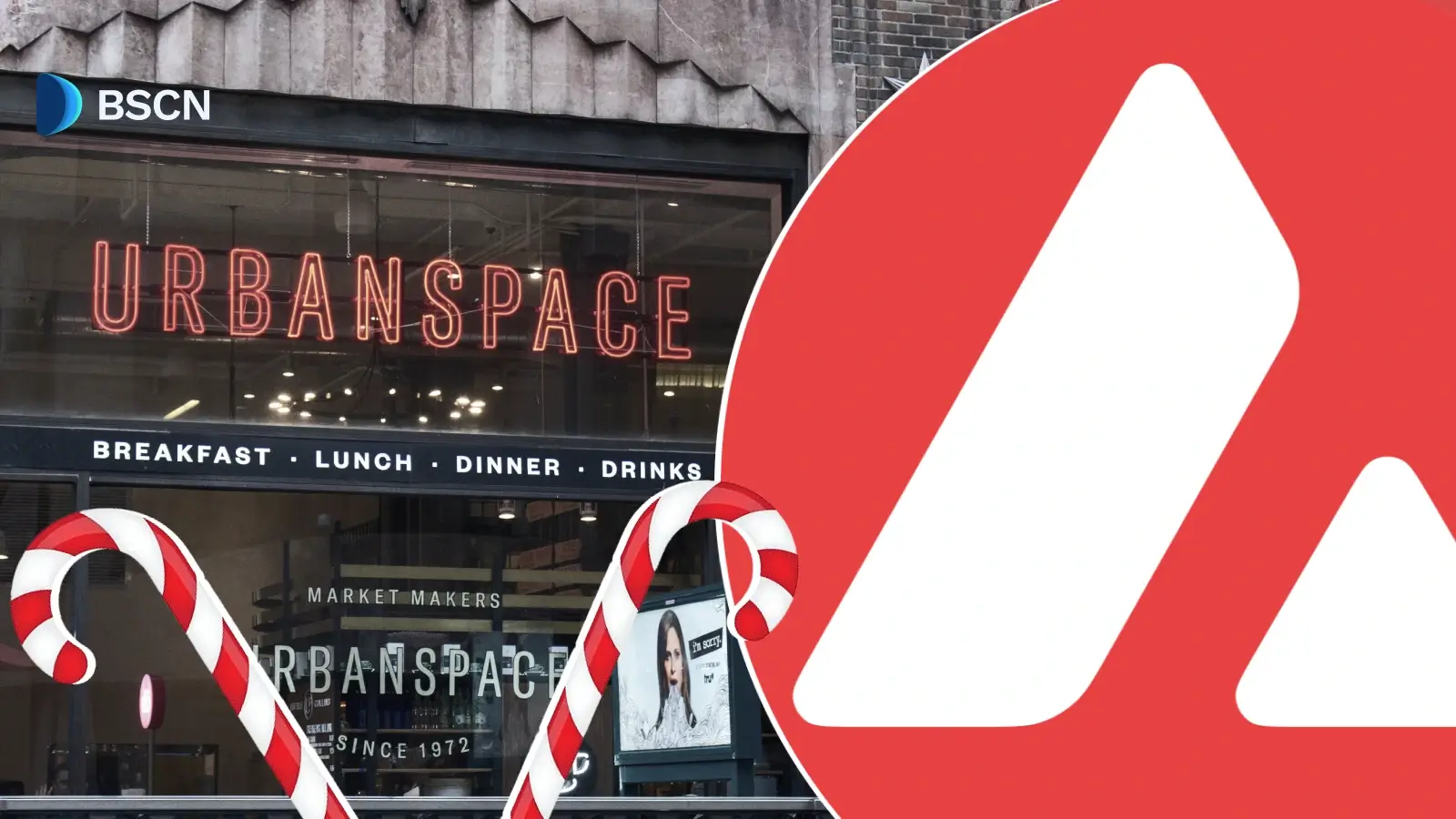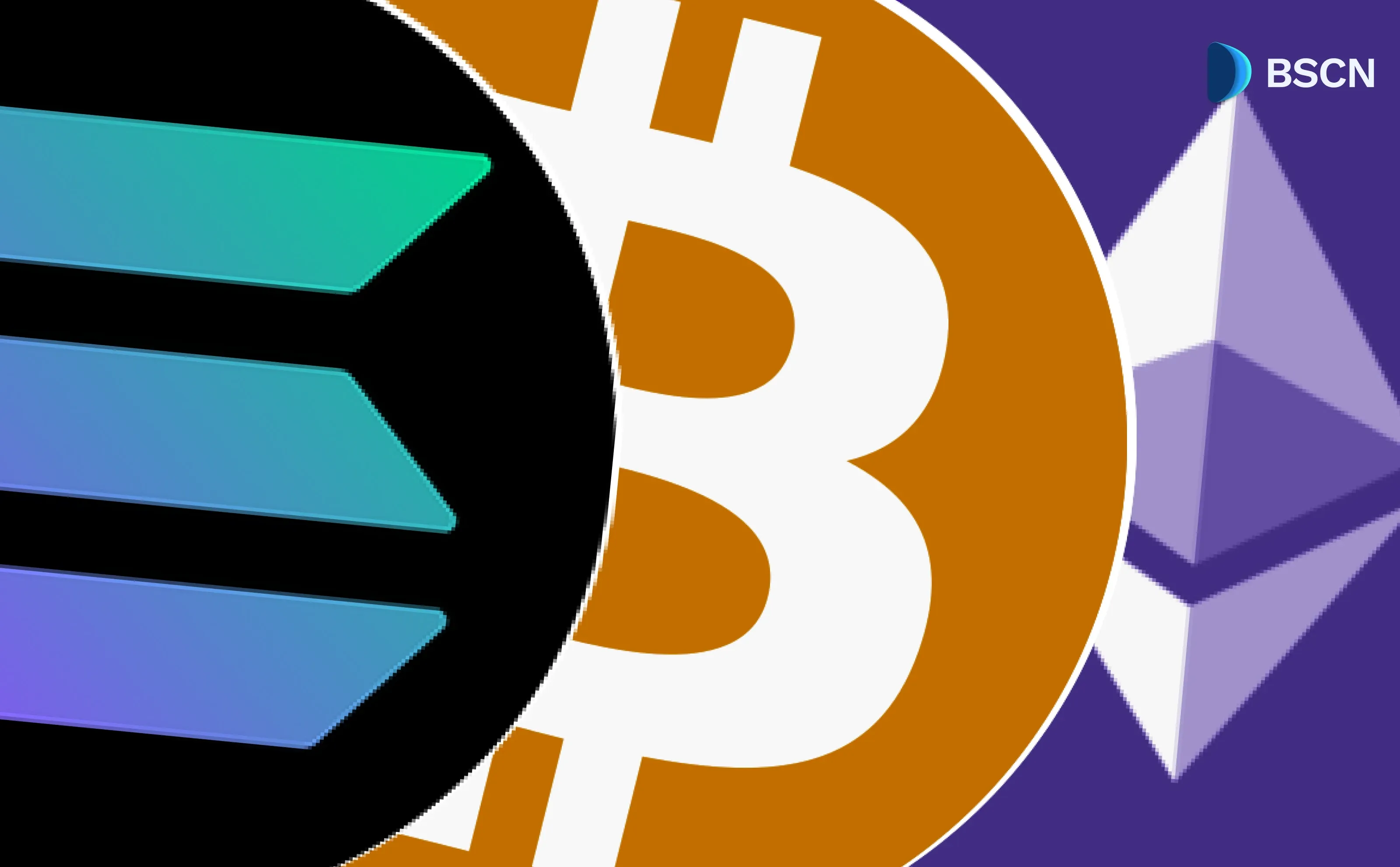Research
(Advertisement)
Should Crypto Exchanges Charge a Listing Fee? The Debate

Industry leaders weigh in on whether crypto exchanges should charge token listing fees or embrace free access to foster broader participation.
Miracle Nwokwu
October 16, 2025
(Advertisement)
Table of Contents
Crypto exchanges serve as gateways for projects to reach broader audiences, but the question of whether they should impose costs for adding new tokens has ignited fresh discussions among industry figures. Recent exchanges on social media platform X have highlighted contrasting approaches, from demands for token allocations and deposits to calls for entirely free access.
The conversation has created a tension between business sustainability and open innovation in the sector, with major players offering insights that could shape how listings evolve.
The Roots of the Discussion
The current wave of debate appears to have gained momentum this week when CJ, founder of prediction platform Limitless, shared details of listing proposals he received. He contrasted a detailed set of requirements from Binance—including token airdrops, marketing allocations, and security deposits—with a simpler encouragement from Coinbase to "build something meaningful" on its Base layer. This post quickly drew responses, amplifying concerns about barriers for emerging projects. While such fees have long been part of exchange operations, the transparency of these exchanges on X brought the issue to the forefront, prompting broader reflections on fairness and user protection.
Exchanges typically evaluate listings based on factors like project viability, community support, and regulatory compliance. Costs, when applied, often fund marketing, liquidity provision, or safeguards against low-quality tokens. Yet, as decentralized alternatives grow, the traditional model faces scrutiny for potentially limiting access.
Arguments Supporting Listing Fees
Proponents argue that fees, or equivalent commitments like token allocations, help maintain platform quality and protect users. Binance, for instance, emphasizes that its process involves no direct profit from listings; instead, allocations support user-focused initiatives such as airdrops and rewards programs. The exchange requires refundable security deposits to deter short-term exploits and ensure long-term commitment from projects. Once milestones are met, these deposits return in full, framing the approach as a protective measure rather than a barrier.
This model aligns with a selective strategy, where exchanges curate listings to avoid flooding markets with underperforming or risky assets. Smaller platforms, lacking high trading volumes, may rely on such revenue to sustain operations. Industry observers note that fees can incentivize better project preparation, as teams must demonstrate value to justify the cost. In a decentralized ecosystem, businesses remain free to set their terms, allowing competition to drive improvements. For example, if one exchange's requirements seem steep, projects can pursue alternatives, encouraging a dynamic where strong initiatives attract favorable deals without negotiation.
Arguments Against Listing Fees
On the other side, critics contend that fees create unnecessary hurdles, particularly for community-driven or early-stage projects. Jesse Pollak, head of Coinbase's Base protocol, asserted that listings should cost nothing, emphasizing accessibility to encourage innovation. This view resonates with decentralized exchanges (DEXs), where tokens can list permissionlessly without gatekeepers. Hayden Adams, CEO of Uniswap, highlighted how DEXs and automated market makers (AMMs) already provide free listing and liquidity, shifting focus from costly marketing to genuine utility.
Such fees, detractors say, can exceed millions in equivalent value, potentially favoring well-funded ventures over grassroots efforts. This could stifle diversity in the ecosystem, as smaller teams struggle to compete. Moreover, transparency issues arise when requirements are labeled as "deposits" or "airdrops" but function similarly to fees. While fees protect against scams, they might also concentrate power among dominant exchanges, prompting calls for more equitable models. As one commentator put it, the real issue lies in the scale of demands, where projects allocate more to exchanges than to their own communities.
CZ, Other Key Leaders Weigh in…
Changpeng Zhao (CZ), former Binance CEO, offered a nuanced defense, suggesting that robust projects draw exchange interest without needing to "beg" for listings. He advocated focusing on user value over competitor critiques, noting that models vary from full airdrops to selective processes.
“If you have to beg an exchange to list, then... You need to ask yourself why, and who is providing value to whom.” - Changpeng Zhao
CZ even urged Coinbase to list more BNB Chain projects, highlighting reciprocity in an interconnected space.
Coinbase's response was swift: shortly after the debate intensified, it added BNB to its listing roadmap, signaling openness. The exchange's "Blue Carpet" initiative further exemplifies a supportive stance, offering free applications, personalized guidance, and tools like custody without mandatory fees. This contrasts with Binance's structured requirements but aligns with calls for inclusivity.
Cecilia Hsueh, CSO of MEXC, added to the dialogue by explaining the exchange's approach, which includes a small listing fee that primarily supports project promotion and marketing efforts. She stressed MEXC's commitment to listing more assets quickly to satisfy user demand, while acknowledging that every exchange operates under different models and growth stages, with no single method being inherently right or wrong; instead, projects should select platforms that align with their needs, whether those involve fees for enhanced liquidity and visibility or fee-free options with other trade-offs.
Other voices, like those from Hyperliquid, promote permissionless listings where costs are minimal, such as gas fees, empowering anyone to deploy markets.
Are Exchange Listing Models Evolving?
Recent moves suggest a shift toward more collaborative models. Coinbase's Blue Carpet bundles resources for applicants, including discounts on market-making and regulatory support, all without upfront costs. Binance's Alpha program similarly offers early-stage visibility without fees, having onboarded over 200 projects as of writing. These initiatives demonstrate how exchanges can foster growth while addressing criticisms.
Looking ahead, the debate may encourage hybrid approaches, blending selective curation with DEX-like openness. As layer-2 solutions and cross-chain tools mature, projects gain more options, reducing reliance on any single platform. This could lead to healthier competition, where user protection and innovation coexist. Ultimately, the conversation benefits the ecosystem by prompting exchanges to refine their strategies, ensuring that listings serve as bridges to opportunity rather than obstacles. With leaders like CZ and Pollak engaging publicly, the path forward appears collaborative, promising a more inclusive future for crypto development.
Sources:
- Coinbase Blue Carpet Initiative: https://www.coinbase.com/en-gb/blog/rolling-out-the-blue-carpet-a-new-listings-experience-at-coinbase
- Binance Listing Framework: https://www.binance.com/en/support/announcement/detail/d378c2176ac841bb8eae68f63d4c4845
Read Next...
Frequently Asked Questions
Why do some crypto exchanges charge listing fees?
Exchanges that charge listing fees typically use them to cover operational costs, marketing efforts, and liquidity support. They also serve as a filtering mechanism to ensure that only credible projects are listed. For example, Binance requires refundable security deposits to deter short-term or fraudulent projects, positioning the process as a safeguard rather than a profit-driven activity.
How do decentralized exchanges (DEXs) handle listings?
Decentralized exchanges such as Uniswap or Hyperliquid operate on permissionless models, allowing anyone to list tokens without paying fees. Listings occur automatically through smart contracts and liquidity pools, giving projects equal access regardless of size or funding. This model shifts focus from negotiation and marketing budgets to genuine market demand and utility.
How do Binance and Coinbase differ in their token listing approaches?
Binance uses structured requirements like token allocations and refundable deposits for quality control, while Coinbase emphasizes free access with initiatives like the Blue Carpet, offering guidance and tools without upfront costs.
Disclaimer
Disclaimer: The views expressed in this article do not necessarily represent the views of BSCN. The information provided in this article is for educational and entertainment purposes only and should not be construed as investment advice, or advice of any kind. BSCN assumes no responsibility for any investment decisions made based on the information provided in this article. If you believe that the article should be amended, please reach out to the BSCN team by emailing [email protected].
Author
 Miracle Nwokwu
Miracle NwokwuMiracle holds undergraduate degrees in French and Marketing Analytics and has been researching cryptocurrency and blockchain technology since 2016. He specializes in technical analysis and on-chain analytics, and has taught formal technical analysis courses. His written work has been featured across multiple crypto publications including The Capital, CryptoTVPlus, and Bitville, in addition to BSCN.
(Advertisement)
Latest News
(Advertisement)
Crypto Project & Token Reviews
Project & Token Reviews
Comprehensive reviews of crypto's most interesting projects and assets
Learn about the hottest projects & tokens

















